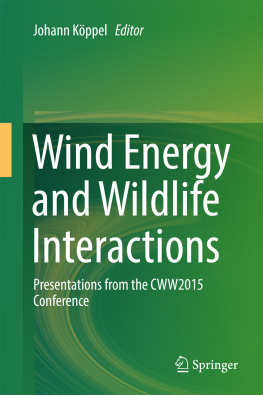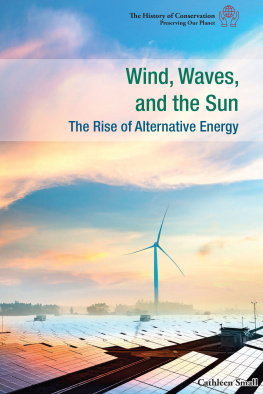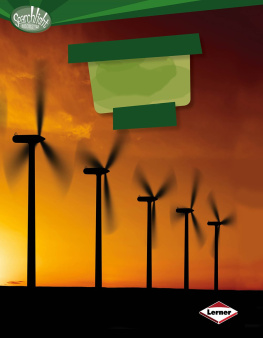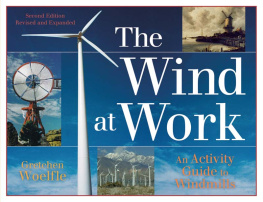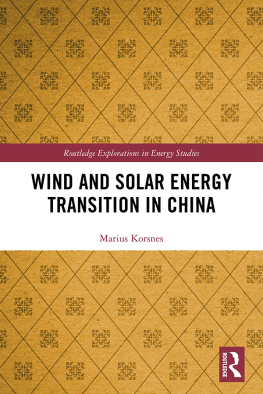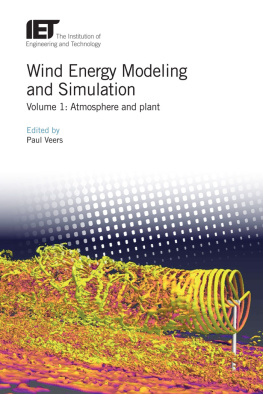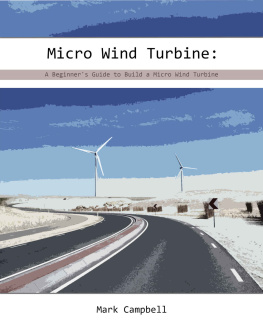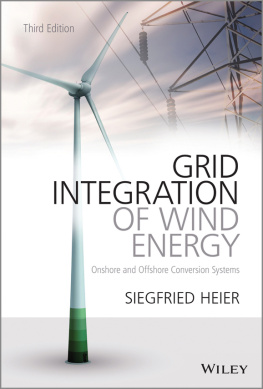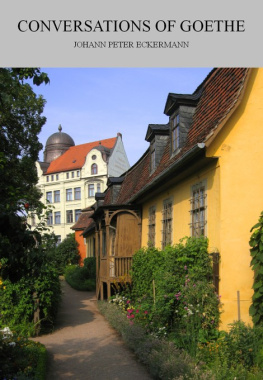Introduction
Onshore wind farms pose two major threats to birds and bats: (1) displacement due to habitat loss; and (2) collisions with individual wind turbines. While not all bird species are equally affected, birds of prey seem particularly vulnerable (Langston ).
Few systematic studies on bird collisions with wind turbines in Germany have been published, yet it has become evident that raptors are among the birds with the highest mortalities due to collisions with wind turbines. Since 2002, the State Bird Observatory of the Brandenburg Environmental Agency has collected data on bird and bat collisions with wind turbines all over Germany (Drr ).
Germany hosts more than 50% of the global breeding population of Red Kites (BirdLife International ) modelled population growth of Red Kites based on the Swiss population, and found that the population growth rate declined with an increasing number of wind turbines. The model also showed a clear effect of distance between wind turbines and nest location.
In 2007, the federal states Bird Observatories Working Group recommended a minimum distance of 1000 m between wind turbines and Red Kites nests (Lnder-Arbeitsgemeinschaft der Vogelschutzwarten ). This was funded by the German Federal Ministry of the Environment, Nature Conservation and Nuclear Safety (BMUB): Raptors and Wind Turbines: Analysis of Problems and Solutions Proposed (FKZ: 0327684/0327684A/0327684B). This paper presents the results of the telemetry studies on Red Kites, which were part of this study. It focuses on activity patterns of Red Kites in relation to nest and wind farm locations, and it also estimates collision risk in relation to distance between nest and wind farm.
Method
The study took place at four wind farms in Sachsen-Anhalt, the federal state holding the highest Red Kite breeding density in Germany (Gedeon et al. ).
From 2007 to 2009 VHF transmitters (VHF TW3-single celled tag, Biotrack Ltd, Wareham, Dorset, UK, weight 22 g) were attached to seven adult Red Kites (three males, four females). The tagged birds were hand-tracked using a YAESU VR 500 receiver with a HB9CV antenna, and a Sika-Receiver (Biotrack Ltd.) with a 3-Element-YAGI-Antenna (Lintec). The tagged Red Kites were usually tracked until they could be visually observed. The position of the bird was recorded on a map with a precision of 15 m. On a few days Red Kite locations were determined by cross bearing without having visual contact with the birds. Fixes were evenly distributed over the daily activity periods of Red Kites. The minimum interval between two fixes of the same bird was 15 min. In 2010 GPS satellite transmitters (ARGOS PTT) were attached to three additional adult Red Kites (two males, one female). The precision of the fixes was 15 m. The satellite transmitters issued four fixes during daytime hours, with fixes being 2 h apart from each other.
All ten Red Kites (five females, five males) were territorial breeding birds, eight of them paired with an untagged mate and two of the tagged birds were a couple. The transmitters were attached during the breeding season. As some transmitters were still working in the year after capture, data was collected from 13 Red Kite seasons altogether. In total, 3381 fixes were analysed. The minimum number of fixes for an individual was 53 in nine days, and the maximum number was 412 fixes in 128 days (as shown in Table ).
Table 1
Red Kites radio tagged for the study
Individual | Sex | Year | Tag | Days with fixes | Fixes |
|---|
Barbarossa | m | 2007 | VHF | | |
Barbarossa | m | 2008 | VHF | | |
Arthur | m | 2007 | VHF | | |
Ramona | f | 2007 | VHF | | |
Karl | m | 2007 | VHF | | |
Barbara | f | 2007 | VHF | | |
Gishild | f | 2008 | VHF | | |
Gishild | f | 2009 | VHF | | |
Alte Dame | f | 2009 | VHF | | |
Alte Dame | f | 2010 | VHF | | |
Lui | m | 2010 | PTT | | |
Erik | m | 2010 | PTT | | |
Svenja | f | 2010 | PTT | | |
The following potential effects on the movements of individual Red Kites were tested: the number of fixes per season; transmitter type (VHS vs. satellite); commencement of observations (before versus during breeding season); site; year; and sex. This was done by estimating the home ranges of Red Kites by determining 95% kernel home ranges (Harris et al. ).

